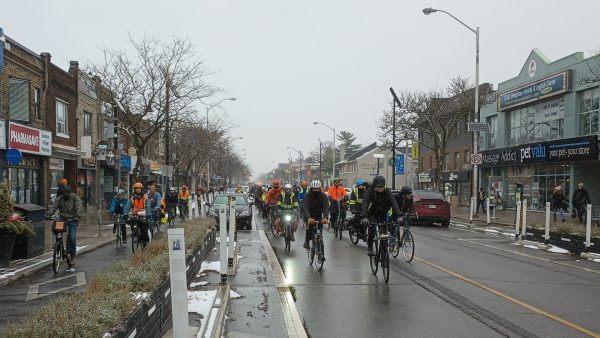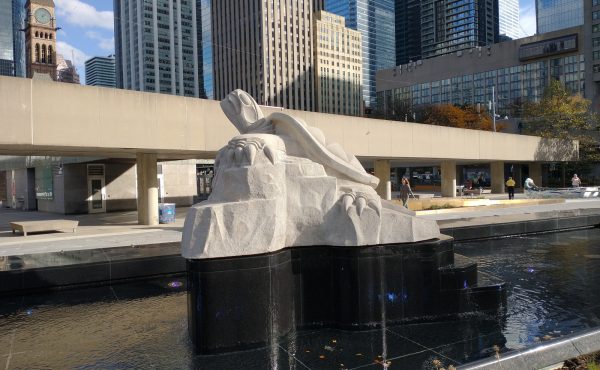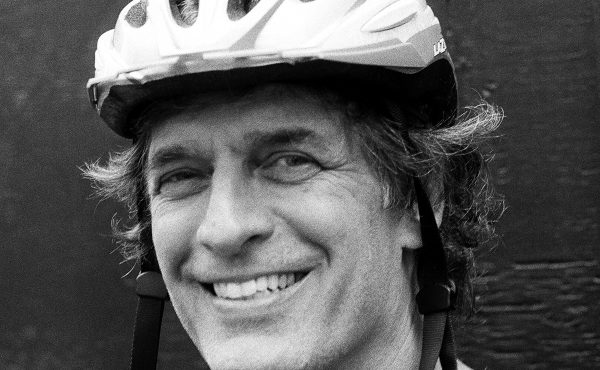Bike lanes have been a controversial issue in Ontario this past year with not only a record breaking six cyclists killed in Toronto, but also the Ford government’s Bill 212 which limits new bike lane installations and risks ripping out existing ones. However, with a provincial election called for Thursday, February 27, it’s worth highlighting some of the progress that has been made on other fronts.
Bike Lane Stats
In 2024, the City of Toronto installed 24 kilometres of on-street bike lanes plus a 600-metre extension of The Meadoway off-road trail in Scarborough. This represents the second most bikeway installations in any given year after the 30 kilometres installed in 2020 during the pandemic. It also marks the fifth consecutive year where more than 10 kilometres were installed per year. The biggest installation was the near completion of the Finch West LRT route while other arterials such as Bloor (Aberfoyle to Resurrection), Eglinton (Holly to Chaplin), and Sheppard (Bonnington Place to Bayview) were also completed. After seven years of advocacy from the Avenue Road Safety Coalition and the unfortunate death of Ali Sezgin Armagan in April 2024, the City of Toronto finally installed cycle tracks on Avenue Road from Bloor to Davenport.
Compared to their bike plans, Toronto’s cycling story is less optimistic. With the last three-year near-term plan expired in 2024, only half of that 100-kilometre plan has been completed. If you go further back to the ten-year plan which started in 2016, only 131 of 302 kilometres (or 43% of the plan) have been completed with one year to go. Unfortunately, the 2025-27 bike plan kept the same 100-kilometre target as the previous plan with many projects such as Danforth-Kingston being recycled from the previous plan despite calls for 150 kilometres from Cycle Toronto.
| Bike Plan | Target (km) | Installed (km) | % Completed | Shortfall (km) |
| 2016 Ten-Year CNP | Prorated 301.5
Total 335.0 |
130.7 | Prorated 43.3%
Total 39.0% |
170.8 |
| 2019-21 Near-Term | Total 60.0 | 53.7 | Total 89.5% | 6.3 |
| 2022-24 Near-Term | Total 100.0 | 51.2 | Total 51.2% | 48.8 |
Record Bike Share Usage
One success story that keeps getting better is Bike Share Toronto which is undertaking a growth plan to expand to all 25 wards with 1000 stations and 10,000 bikes (including 2,000 e-bikes) by the end of this year. Last year saw Bike Share Toronto reach seven million rides from their 862 stations with the summer months of July, August, and September seeing about 900,000 rides each. To put that into perspective, the full-year ridership from 2016 was only 830,000 trips concentrated within the 80-station network in Downtown Toronto. In a testament to the growth of winter cycling in this city, the 204,000 riders from January 2024 – the lowest month for that year – was on par with the busiest months of 2017!
Future Challenges
Of course, we can’t ignore the elephant in the room which is Bill 212. The bill – which in itself is a distraction to fast-track Highway 413 – has created unprecedented opposition not just from the NDP, Liberals, and Greens; but also from city councils (such as Toronto’s) and diverse groups of planners, engineers, doctors, universities, and organized labour. Over 25,000 people signed Cycle Toronto’s “I Love Bike Lanes” petition, over 19,000 comments – mostly against Bill 212 – were sent to the Environmental Registry of Ontario, and some bike protests gathered over 1000 people.
Despite such opposition, the Ford government used their majority to ram through Bill 212 in November 2024 and recently retained Stantec Consulting Ltd to do design work related to bike lane removals on parts of Bloor, University, and Yonge. Cycle Toronto applied for a court challenge regarding the bike lane removal aspects of Bill 212 which will be heard on April 16 and has applied for an injunction to ensure no removals happen before a decision has been made for the court challenge. The Ford government stated no bike lane removals would happen until March 20.
Some complete street projects such as Ellesmere and Bathurst – which had public consultations in December 2024 and January 2025 respectively – had their presentation materials show no traffic lanes would be removed to comply with the new legislation. The Danforth-Kingston project – which aims to hold Phase 2 consultations in early 2025 – stated on their website it “will take Ontario Bill 212 into consideration”.
Next Steps
With a provincial election campaign now under way, there is a need for road safety advocates to organize to get rid of the Ford government. A new initiative called “Common Ground Ontario” was established with this goal in mind and is recruiting volunteers. Not One Seat and Co-operate for Canada also have good resources to vote strategically. We need to get out and vote this time given the record low 43% voter turnout was what allowed the Ford government to be re-elected in 2022.
Robert Zaichkowski is an accountant, founding member of Community Bikeways, and writes the Two Wheeled Politics blog.




